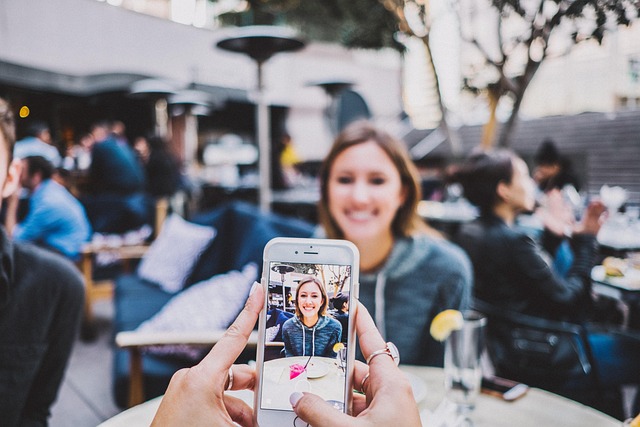Understanding Light: The Photographer’s Best Ally
As a photographer, your camera is more than just a tool; it’s an extension of your vision. The magic happens when you master the art of lighting. Whether you’re capturing breathtaking landscapes, intimate portraits, or dynamic street scenes, understanding how light interacts with your camera’s optics can significantly elevate your work. In the vibrant world of photographer lifestyle, lighting techniques become the brushstrokes that define your unique style.
The Golden Hours: Embracing Natural Light
One of the best lighting techniques a photographer can leverage is making the most of natural light. The golden hours—shortly after sunrise and just before sunset—are revered for their soft, diffuse quality. During these times, the light casts a warm glow, enhancing colors and reducing harsh shadows.
When out in the field, keep your camera settings flexible. Use a low ISO to minimize noise, and adjust your aperture to allow for a shallow depth of field. The bokeh created in these moments transforms ordinary subjects into artistic portraits, embodying a life of creativity and passion that defines the photographer lifestyle.
Artificial Light: Mastering the Flash
While natural light is a gift, it’s not always possible to shoot during the golden hours. This is where artificial lighting comes into play. Knowing how to utilize your camera’s flash or external speedlights can open up new possibilities. In studio settings, use softboxes or reflectors for diffusing light, creating beautifully illuminated images that pop with detail.
Experiment with different lighting angles. A 45-degree angle can create aesthetically pleasing shadows, giving your photos dimension. Play with the power settings on your flash; sometimes, a well-placed bounce can do wonders for enhancing the mood while keeping your subjects looking natural.
Using Shadows to Your Advantage
Light and shadows are two sides of the same coin. A strong understanding of how to manipulate shadows can add depth to your photography. High-contrast images filled with bold shadows can create a dramatic impact, telling stories beyond the surface. As you capture your subjects, be mindful of where the light is falling and how you can use shadows to enhance the emotional resonance of your photos.
Incorporating Color in Your Lighting
Different light sources emit various color temperatures that can dramatically influence the mood of your photographs. For instance, incandescent bulbs tend to have a warm, orange hue, while fluorescent lights give off a cooler tone. Understanding these subtleties can help you make informed decisions on white balance settings, ensuring your images reflect the emotional tone you wish to convey.
Experiment with colored gels over your flash or lens. This technique can infuse your photographs with an artistic flair, presenting a new dimension to your work that aligns seamlessly with the ever-evolving photographer lifestyle.
The Importance of Practice
Like any skill, mastering lighting techniques takes practice. Spend time studying different lighting scenarios in various settings. Try shooting the same scene at different times of day and with different lighting setups. Create a portfolio that showcases your ability to navigate and manipulate light, and watch as your confidence grows.
Ultimately, embracing the complexity of lighting techniques will not only enhance your technical competence but also enrich your photographer lifestyle. Harness the power of light to tell stories, evoke feelings, and share your unique perspective with the world.




